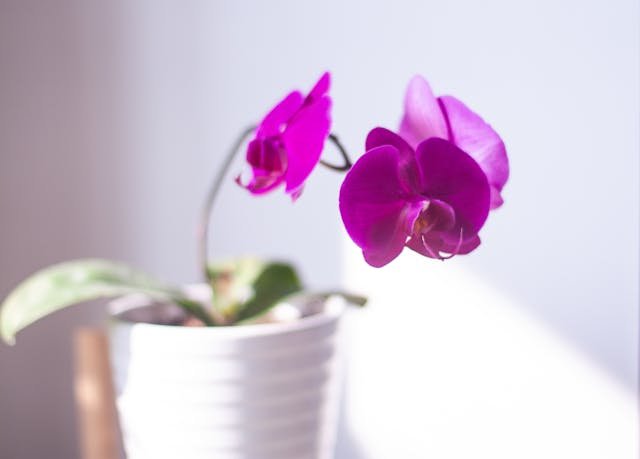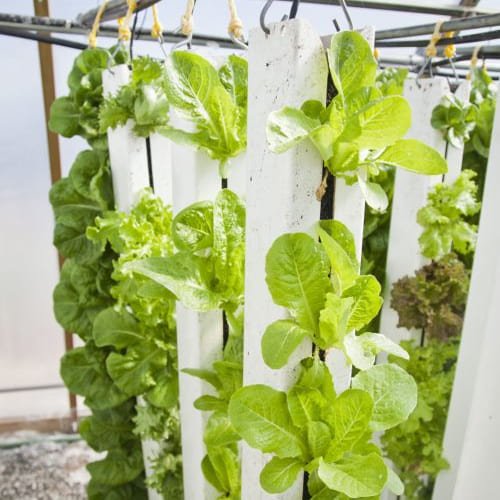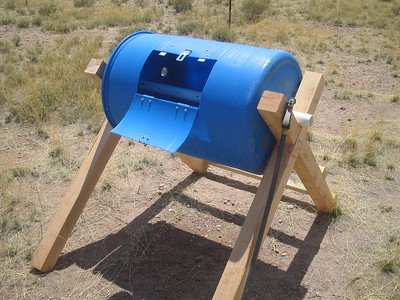Orchids are undeniably one of the most elegant and rewarding plants to grow, but let’s be honest: they’re a bit like the divas of the plant world. Gorgeous? Absolutely. Demanding? You bet. If you’ve ever found yourself staring at a sad, wilted orchid wondering what went wrong, you’re not alone. Growing orchids can feel tricky, but it doesn’t have to be.
Let’s dive into five common mistakes most people make and, more importantly, how to avoid them.

1. Drowning Your Orchid (Overwatering)
The Mistake:
You want to love your orchid, and for most of us, that translates to watering it every chance we get. Unfortunately, overwatering is the number one killer of orchids. Unlike many houseplants, orchids hate sitting in soggy soil. Their roots need to breathe, and too much water can lead to root rot—a death sentence for your plant.
How to Avoid It:
Think of orchid roots as a mini snorkel system. They like moisture but also need air. The golden rule is to only water when the potting medium feels dry to the touch. If you’re not sure, err on the side of caution—an underwatered orchid is far easier to save than an overwatered one. And don’t forget proper drainage! Make sure your pot has drainage holes, and avoid using decorative pots that trap water unless you’re carefully monitoring moisture levels.
Pro Tip: If you’re a chronic overwaterer, invest in a moisture meter or set a specific watering day—like every 7-10 days depending on your orchid’s needs and environment.
2. Plopping It on the Wrong Windowsill
The Mistake:
You put your orchid on the prettiest windowsill in your house, assuming it’ll thrive there because, well, it looks good. But orchids aren’t just about aesthetics—their light needs are specific. Too much harsh, direct sunlight can scorch the leaves, while too little light can leave them weak and flowerless.
How to Avoid It:
Orchids love bright, indirect light. A north-facing or east-facing window is usually ideal. If the only spot available gets strong afternoon sun, consider adding a sheer curtain to diffuse the light. Not sure if your orchid is getting the right amount of light? Check its leaves. Healthy orchids usually have vibrant green leaves. Dark green means not enough light, while a yellowish tinge could indicate too much.
Pro Tip: If moving your orchid isn’t an option, you can supplement its light needs with a grow light. Just don’t place the light too close—orchids aren’t fans of overheating.
3. Ignoring the Potting Medium
The Mistake:
Many people assume orchids can live happily forever in the pot and medium they came in. Spoiler: they can’t. Over time, the potting medium breaks down, retaining too much water and suffocating the roots. Plus, store-bought orchids often come in less-than-ideal conditions.
How to Avoid It:
Repot your orchid every 1-2 years or sooner if the potting medium looks like it’s breaking down. Choose a well-draining medium like bark, sphagnum moss, or a mix specifically designed for orchids. When repotting, make sure to gently remove any dead or rotting roots—healthy roots should look firm and white or green.
Pro Tip: If you’re nervous about repotting (and who isn’t their first time?), watch a few tutorials and take your time. Trust me, your orchid will thank you with healthier growth and more blooms.
4. Forgetting to Feed Your Orchid
The Mistake:
Orchids are hardy, right? Surely they don’t need extra nutrients! Wrong. While orchids can survive without fertilizer, they thrive when fed. Neglecting to fertilize your orchid is like skipping meals—eventually, it’ll show in their lack of energy (or blooms, in this case).
How to Avoid It:
Feed your orchid with a balanced orchid fertilizer (20-20-20 is a safe choice) every two weeks during its active growing period. When it’s not actively growing, cut back to once a month or stop entirely. Be sure to dilute the fertilizer to half strength—orchids prefer a light snack rather than a feast.
Pro Tip: Some people swear by the “weekly, weakly” rule: fertilize every week with a highly diluted solution. Experiment and see what works best for your plant.
5. Forgetting They’re Tropicals
The Mistake:
You treat your orchid like any other houseplant, expecting it to thrive in the same conditions. But orchids are tropical plants, which means they have very specific temperature and humidity requirements.
How to Avoid It:
Orchids like a warm, humid environment. Ideally, keep your orchid in a room with temperatures between 65-75°F (18-24°C) and humidity levels around 50-70%. If your home is dry, especially during the winter months, a humidity tray or small humidifier can make a world of difference.
Pro Tip: Don’t crowd your orchid with other plants to boost humidity; this can restrict airflow and lead to fungal issues. Instead, give it breathing room and focus on creating the right conditions.



